FW 75: Livestock’s rollercoaster of change
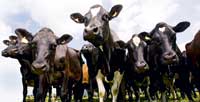
Although livestock farming has increased prominence in government these days, particularly as food security rises on the agenda, back then politicians were reluctant to open the public purse to encourage livestock farming, and from 1939 even paid a subsidy of £2/acre to farmers who “ploughed for victory” in World War Two. But a turning point came in 1947 with the introduction of The Agriculture Act, committing government to supporting farm incomes and investment that halted and reversed the dramatic fall in production. And it was at this point, with better wages and more technical expertise from the National Agricultural Advisory Service, that livestock farmers began making changes to their systems. Simple changes to grass management were becoming apparent. Public and private investment in applied research in the 1950s and 1960s helped producers grow and use grass more effectively. And fertiliser companies recognised potential for increasing sales to producers who had previously largely relied on farmyard manure. In the lowlands, particularly, farmers were beginning to take advantage of improved varieties of grasses using clovers to boost forage available for grazing and conservation. However, for dairy farmers, improved milk prices meant producers were happy to forget clover and use 300kg N/acre to exploit the genetic yield potential of Holstein cows, which first appeared in the UK in the early 1900s. Farmers previously content with average milk yields of less than 4000 litres/cow in the 1970s took advantage of Holstein imports to boost production. Now the breed averages 7655 litres/year, while selection, improved nutrition and vet products have also allowed other dairy breeds to increase yields. Artificial insemination has been at the centre of changes in the UK dairy industry, allowing producers to tap in to some of the best genetics from across the globe something that has also been witnessed in the beef sector. For many beef producers the route to increased output started in the late 1950s when, despite fierce opposition, AI companies started importing Charolais sires to use on dairy cows. From here on, it became clear many producers were keen to exploit new gene pools. The importation of 179 Limousin sires in 1971 proved significant and by 1986 the breed had replaced the Hereford as the number one supplier of beef breed AI straws. Suckler cows have almost doubled in weight and Continental breed genes predominate. In the past, claiming finishing cattle were gaining 0.8kg a day would have been questioned, but now some cattle are gaining at this rate during a store period. While these need more concentrate feeding they produce heavier carcasses, perhaps weighing twice as much as those of cattle finished on grass seven decades ago. But SAC beef consultant Basil Lowman questions whether increased productivity has been achieved at too high a price. “We have certainly improved output and use labour a lot more efficiently, but we have to look at the cost in terms of the industry’s carbon footprint.” But he acknowledges how access to breeding tools like estimated breeding values has allowed breeders to “get under the skin of animals” and use the information to enhance carcass quality and productivity. The sheep industry has also undergone fundamental changes with headage support payments in the 1950s encouraging the keeping of more sheep rather than better sheep. That was until the Fatstock Guarantee Scheme arrived in 1954 and beef and sheep producers realised average carcass quality must be improved to get government deficiency payments. And the demand to improve carcass quality saw the importation of four Texel tups from France in the 1970s by the Animal Breeding Research Organisation. The quantity and quality of lean meat produced by their progeny prompted 13 Lanarkshire breeders to import 27 females and the explosive expansion of the breed in the UK was under way. Other breeds followed and changed the face of UK sheep farming. After a period of inaction, the native sheep breeds responded to the success of the Continentals. Many initiated breed improvement programmes and the first sheep breed to do so was the Welsh Mountain Sheep Society, which established the CAMDA scheme in 1976. By using a multi-trait index, mature ewe size has been increased by 145g/year, with lambing and daily gains also improving. Will Haresign, from the Institute of Biological Environmental and Rural Sciences, Aberystwyth, acknowledges the important contribution of imported genetics to improved sheep productivity. But he also attributes much to hill flock improvement and the crossbred ewes that are produced by the UK’s unique stratified sheep industry. He says the half-breds and mules, bred on upland farms have allowed farmers to produce 30 more lambs/100 ewes. Using good terminal sires on crossbreds to breed fast-growing lean lambs with good conformation and abundant hybrid vigour also lifts productivity, he adds. “When high-index performance tested rams are used lambs can be worth £3/head more.” In 1934 a 30-sow herd was quite large and many producers struggled to get 10 pigs/litter, and three litters in two years, says Mike Varley, BPEX. Now the UK’s 440,000 sows produce an average of 11.4pigs/litter and 2.22 litters/year. Improvements accelerated in the late 1960s, says Dr Varley. “This followed the launch of the British Pig Health Scheme and was influenced by increased genetic research on the Pig Industry Development Authority’s five research farms.” This led to dominance of the hybrid pig, which now accounts for 85% of breeding animals and the creation of specialist breeding companies. Livestock production 75 years ago was going through a period of change and much like now, it was poor prices halting investment in many sectors.
In 1934, low prices were stalling recovery of the livestock industry after World War One, with much grassland ploughed to grow more cereals and potatoes. Grassland
Dairy
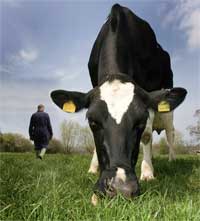 But major changes have also taken place since the millennium. In nine years, the UK dairy herd has shrunk from 2,330,000 head to 1,904,000, but total milk production is only 880,000 litres lower.
But major changes have also taken place since the millennium. In nine years, the UK dairy herd has shrunk from 2,330,000 head to 1,904,000, but total milk production is only 880,000 litres lower. Beef
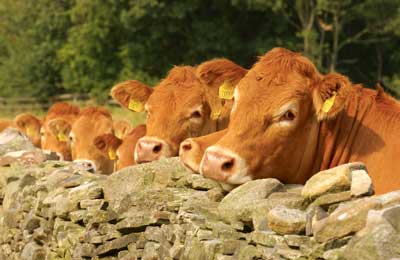 Breeds like the Limousin, Belgian Blue and Charolais have become first choice for use on poorer dairy cows. And when mated to high quality terminal sires they throw faster-growing calves with superior conformation.
Breeds like the Limousin, Belgian Blue and Charolais have become first choice for use on poorer dairy cows. And when mated to high quality terminal sires they throw faster-growing calves with superior conformation.Sheep
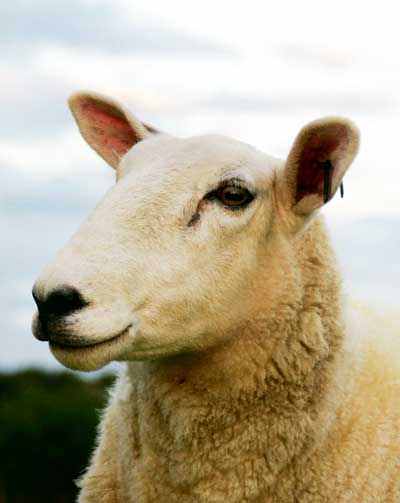
Pigs
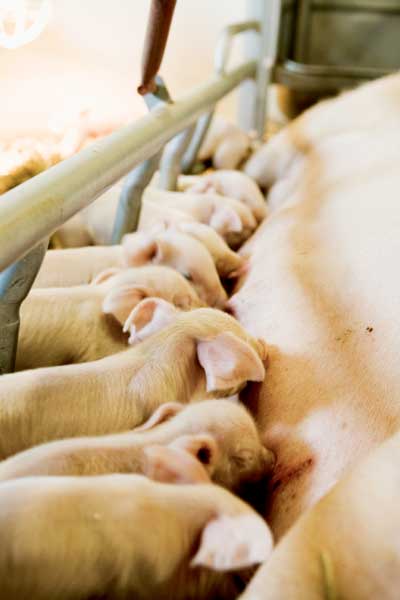 When Farmers Weekly was first published, almost every UK farm kept some pigs, but the latest data indicate only 9000 producers remain.
When Farmers Weekly was first published, almost every UK farm kept some pigs, but the latest data indicate only 9000 producers remain.
>> Celebrate Farmers Weekly‘s 75th birthday >>
